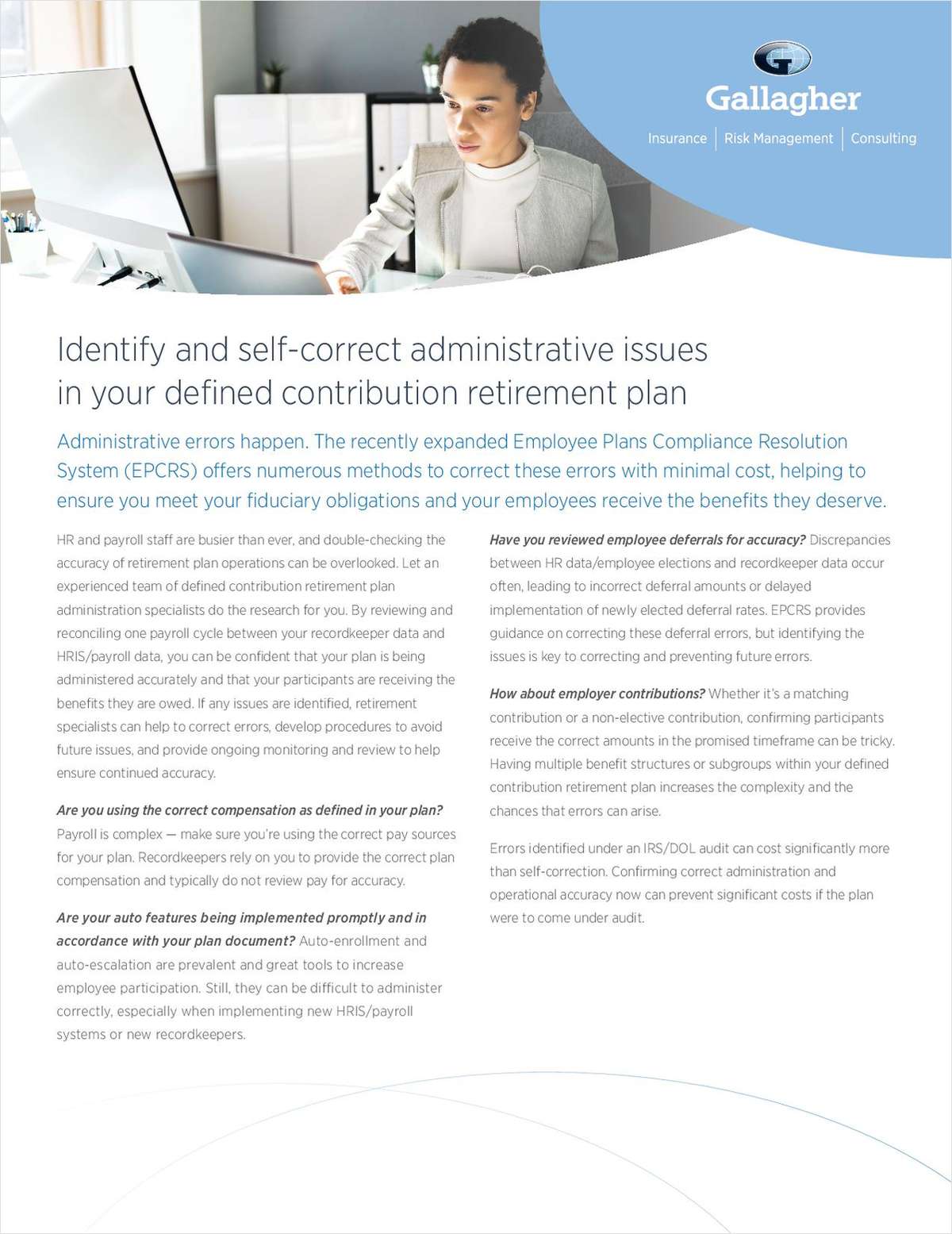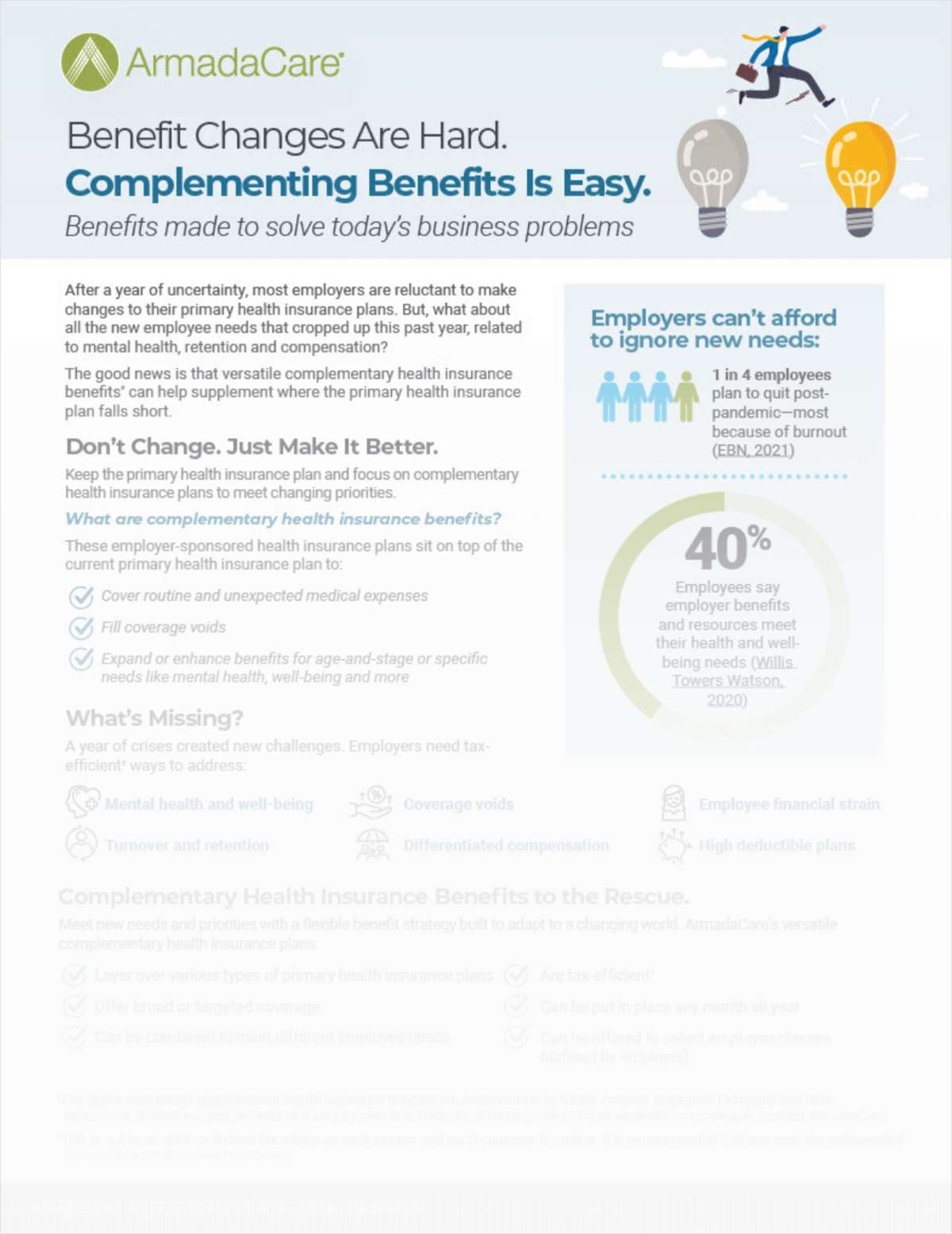For nearly half a century, the gap between health care services available to the rich and the poor in the United States narrowed, largely because of enormous investment by taxpayers in public health programs such as Medicare and Medicaid.
But a new study shows that that trend reversed in 2004 because of the rising cost of health care and cuts to public health programs.
The analysis was published in The Hill by Drs. Steffie Woolhandler and David U. Himmelstein, professors of health policy at the City University of New York and co-founders of the Chicago-based Physicians for a National Health Program, a group that advocates for a single-payer health care system.
The reversal was so stark that by 2012, the wealthiest 20 percent of Americans consumed 43 percent more in medical services than the average American. They consumed over $1,000 more in medical services per year than middle-income Americans and $1,743 more than those in the bottom fifth of incomes.
That may sound logical. The wealthy get more of everything, right? But the authors point out that that was hardly the case in past decades. For instance, the poor received 14 percent more medical services in 1977 than the wealthy, a situation that the authors argue is a logical outcome of the greater health challenges facing low-income people.
The study does not include years since the implementation of the Affordable Care Act. Other studies have shown that the ACA has reduced disparities in insurance coverage, leading to big reductions in uninsured rates among low-income and minority populations.
However, Woolhandler and Himmelstein argue the landmark health law will not do enough to reduce disparities because it largely enshrines the high-cost private insurance industry’s role in health care.
They highlight, for instance, that the average deductible has increased 255 percent in the past decade. One of the constant complaints about ACA plans has been the high deductibles that many low or middle-income customers say they can’t afford to cover in the event of an emergency.
“That kind of insurance is akin to a hospital gown: it gives the impression that you’re covered, but doesn’t actually cover your butt,” they quip.
Other medical professionals have criticized the narrow networks in many ACA plans, arguing that some plans include so few nearby providers that many policyholders have avoided crucial preventative care and continued to be forced to resort to expensive, emergency room care, just as the uninsured traditionally have done.
Complete your profile to continue reading and get FREE access to BenefitsPRO, part of your ALM digital membership.
Your access to unlimited BenefitsPRO content isn’t changing.
Once you are an ALM digital member, you’ll receive:
- Breaking benefits news and analysis, on-site and via our newsletters and custom alerts
- Educational webcasts, white papers, and ebooks from industry thought leaders
- Critical converage of the property casualty insurance and financial advisory markets on our other ALM sites, PropertyCasualty360 and ThinkAdvisor
Already have an account? Sign In Now
© 2024 ALM Global, LLC, All Rights Reserved. Request academic re-use from www.copyright.com. All other uses, submit a request to [email protected]. For more information visit Asset & Logo Licensing.








